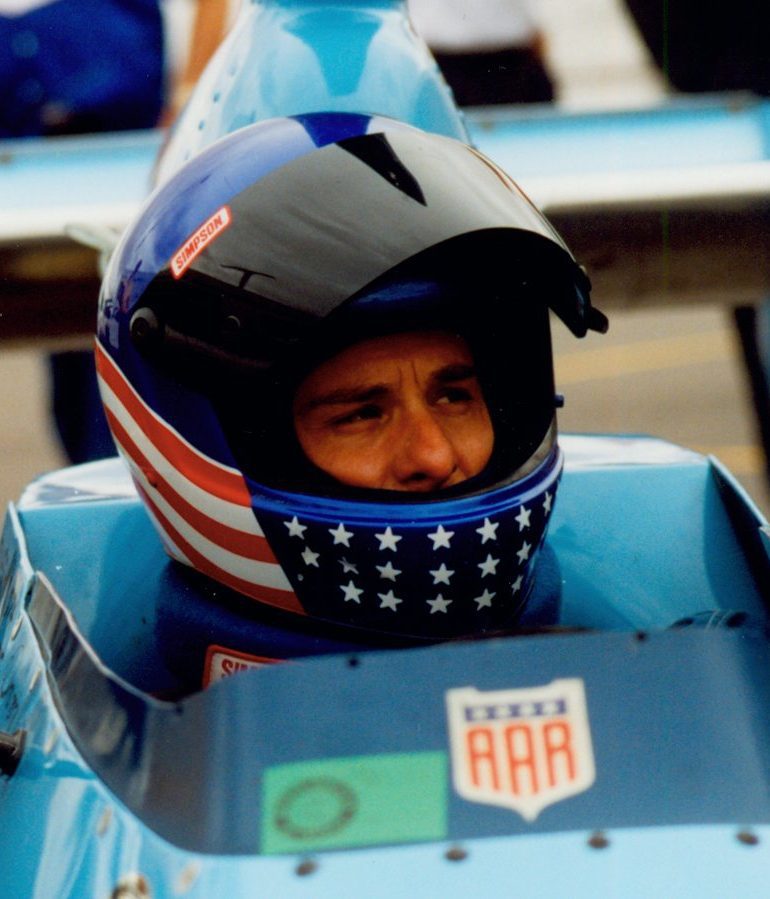I’d like to talk with you for a moment about Regularity. Relax. This conversation has nothing to do with Metamucel, fiber or the consumption of prunes. Believe it or not, it has to do with the growth and long-term sustainability of historic racing.

At Eastern Creek, I was invited to participate in a run group known as “Regularity,” which appears to be something unique to Australian historic racing. In Regularity, drivers nominate a lap time they think they can consistently maintain, based on their practice times from the first session. While normal historic races in Australia are commenced with a standing start, the Regularity group is started single file, based on your nominated target lap time, with the green flag being thrown several turns before the start-finish line. This “early start” gives drivers enough time to get up to speed so that they are crossing the start-finish at something close to their chosen race pace. The event is then run as a normal “race,” where each driver is then trying to keep as close to his or her nominated time as possible. Of course, passing and dicing does occur, but the emphasis is on consistency based on your own car, skills, comfort and limitations, not on who crosses the finish line necessarily first. The slowest car on track, could very well be the overall winner, if that driver was ruthlessly consistent and close to his or her projected lap time. So why was this unique format such a revelation? Because, I think it could be a fabulous template for ushering in the next generation of historic racers.
One of the many things that struck me about the Regularity group was that it seemed like a very accessible way to get on track, and start running with a club, without the same level of commitment and intensity required for “full racing.” Because you are not racing for position per se, the Regularity group seems to attract a certain portion of people who want to be a part of a historic race weekend, without the fear of door-to-door racing and the potential contact that could ensue. This might appeal to the driver who wants a more “gentle” entry into the sport and/or a driver with a special car who fears putting it at risk in a full-blown race. In either case, wouldn’t something like this provide a much easier entry and transition into our sport?
Likewise, because this separate run group can be open to a wide variety of cars (full racecars to safety-improved street cars), it could also serve as a useful tool for those clubs that are interested in experimenting with various car eligibilities. Perhaps, your club doesn’t generally allow sedans from the mid-1970s to run in normal race groups. Regularity could be a way to allow some of these cars to participate, yet keep them separated from the mainstream races.
But perhaps the biggest advantage to Regularity I see is that, for whichever reasons outlined above, we would now be bringing in a new and fresh pool of drivers who, after some period of time within the club, might become so smitten with the sport (and why wouldn’t they?!) that they then decide that they want to move into the full race groups. Another key benefit here is that they may have come in as a fan of one type of car (for instance the 1974 Datsun that they might have started Regularity with), but because of the exposure to other types of racecars may end up falling in love with a pre-war Austin or a Brabham car and now decide to move in that direction. By giving them an accessible introduction to our sport, we’ve increased our base and been proactive in fostering an appreciation for the older cars, that let’s face it, we all worry will disappear in a generation or two.
Personally, I’d say that’s just what the doctor ordered.




